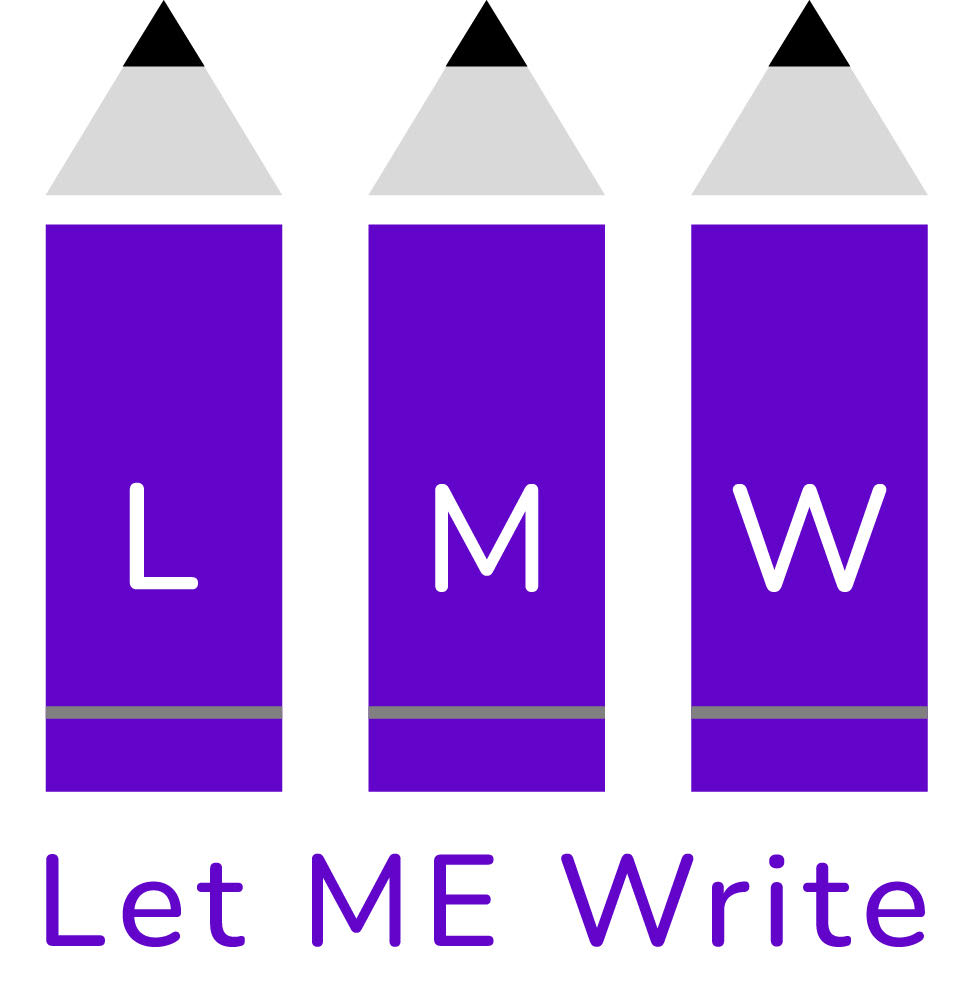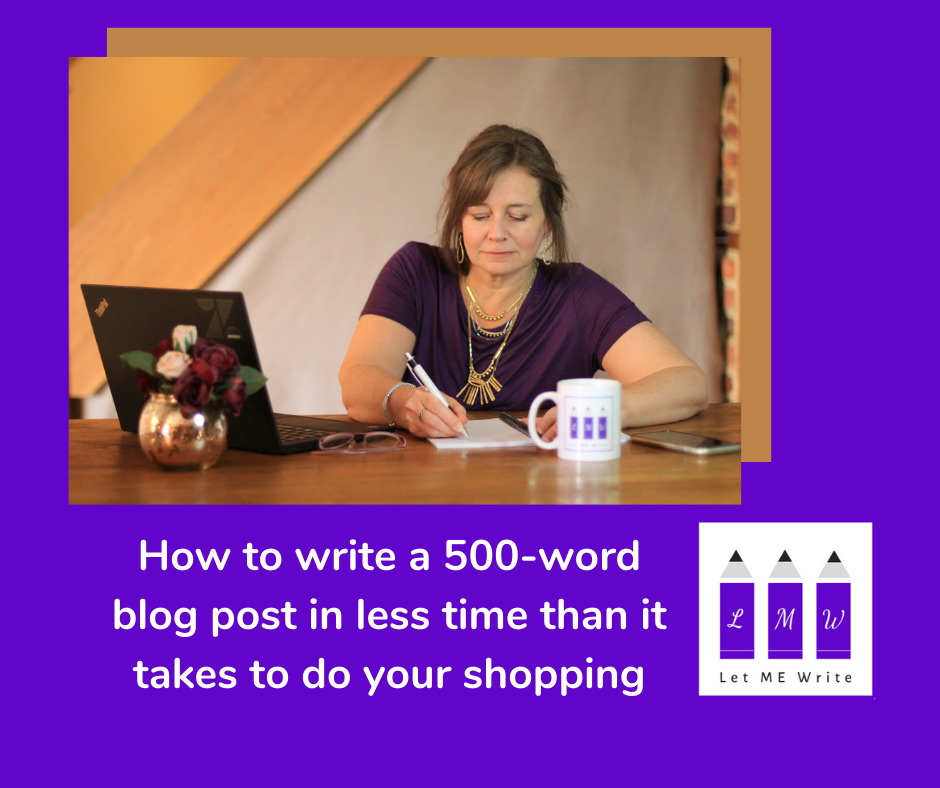If you want to write a 500-word blog post quickly – split the post into 5 sections. This blog post is around 700 words and took me around 25 minutes to write. With practice and when you have all the answers in your head and don’t have to research the topic, you can write a blog post pretty fast – wanna know how? Then read on.
So how do you write a 500-word blog post quickly?
Begin with the end in mind.
1. The Outcome a.k.a. The Call to Action (CTA)
Be very clear from the start what you want the reader to do after they have read your blog post. This means you should have a call to action in every post you write so that there can be no doubt in your reader’s mind what the next step is. This might be a buy now link (unlikely on a blog post) or it might be a Book a call link or it could simply be asking a question to drive engagement.
2. The Structure
500-word blog posts can be easily split into 5 100 word paragraphs with 100 words or so for the introduction – tell your reader what you will tell them. 100 words each for your 3 key messages and a final 100 words to conclude and add your CTA. Of, course this is a guide, so it doesn’t matter if you use a few less or a few more words in each paragraph. Writing 100 words doesn’t take long, so this is a great way to make it more manageable.
3. Call-to-Action first
Write your CTA first so you can keep that in mind and the rest of your blog flows naturally to that action.
4. Main body of blog next
Once you have identified the 3 main messages you want to get across, drill down on each one and identify 3 points for each message. Use connectives to help with the process of joining sentences and paragraphs together to help the piece flow well. See the appendix to this post for a list of those words.
5. Introduction
You only have 3 seconds to grab your readers attention once they have clicked on your post title (more about that in a minute). To get their attention, you need to make it a no-brainer to read on. That means using a startling fact, perhaps a statistic to demonstrate your point (even people who claim to ‘hate numbers’ love statistics). You could use humour or make an opinion statement to get them to read on. Whichever method you use, you need to appeal to your reader’s emotions to keep them engaged. Once you’ve hooked them with the first sentence explain the benefit they will get from the time they invest in reading your post. Be clear about what they will learn and make sure you deliver in the rest of the post.
6. Conclusion
Wrap your Call to Action up into a summary of what you’ve already told your readers. Often with fairly simple topics, you don’t need a long conclusion – one or two lines plus your CTA will suffice.
7. The Title
This is that part of your blog post that must work the hardest. 80% of your readers only read the title – they don’t click through because they don’t see the benefit of investing their time in reading your post. So, you gotta give them a compelling reason to click, but avoid being clickbait that promises much but doesn’t deliver. You can use a headline analyser tool such as Headline Studio to guide you in writing headlines that people will click.
What else do you need to know about how to write a 500-word blog post?
That’s really all there is to the writing part of the blog post. Of course, when it comes to writing a post that’s optimised to drive traffic to your website, you need to factor in SEO, but that’s a topic for another post, so come back soon and check that out 😊.
In the meantime, if you are also writing web copy, you might be interested in one of my previous posts How to Write SEO Content for your Website
If you have any questions from this post, please drop me a line at michelle@eshkeri.co.uk or just comment directly on this post and I will get back to you.
Scoot on over to LinkedIn and connect with me there too.
Until next time…

